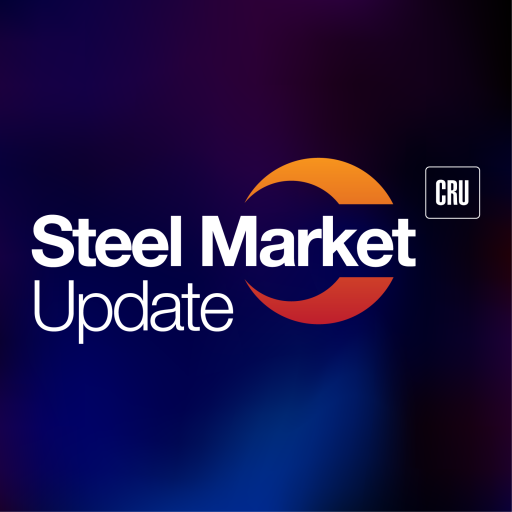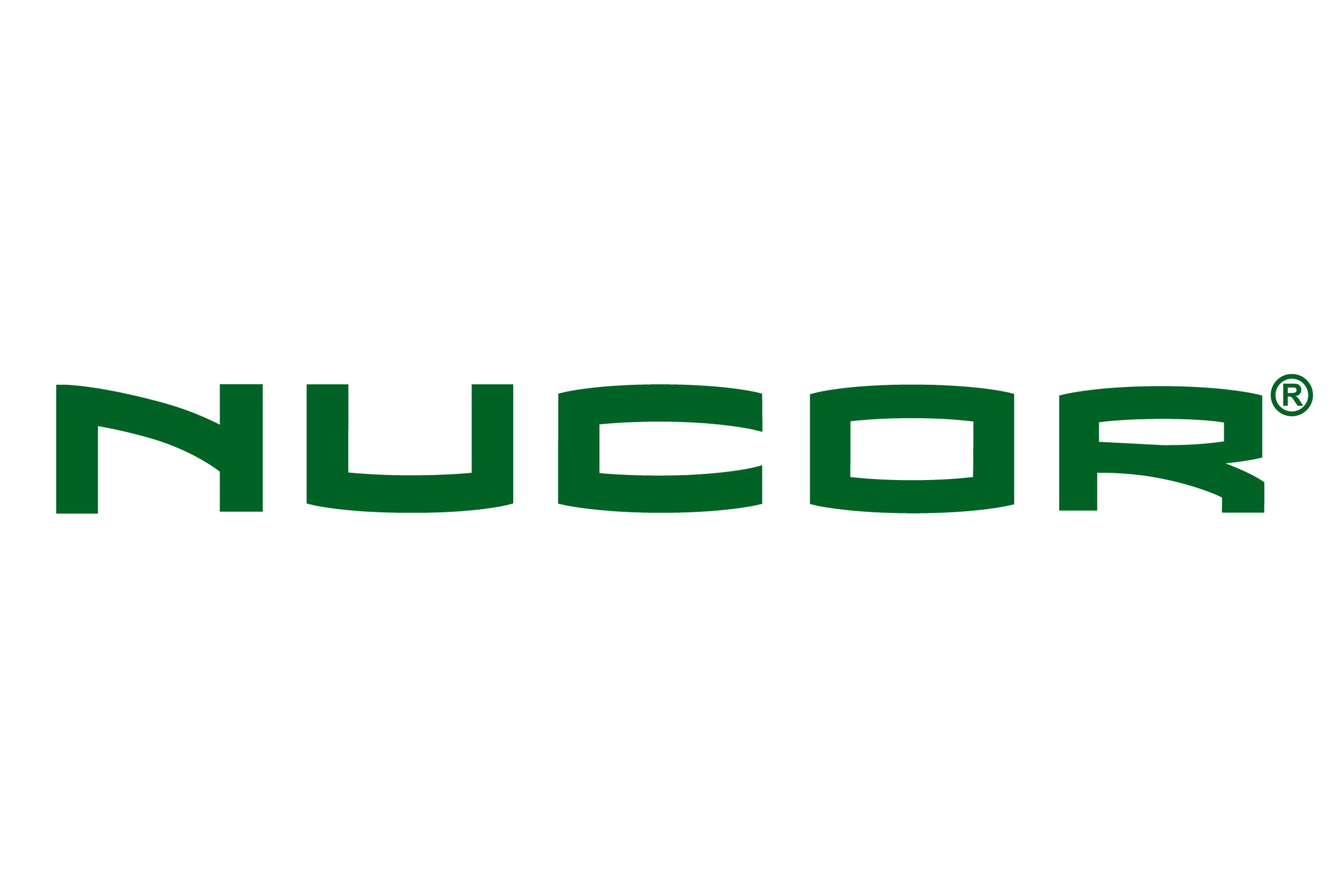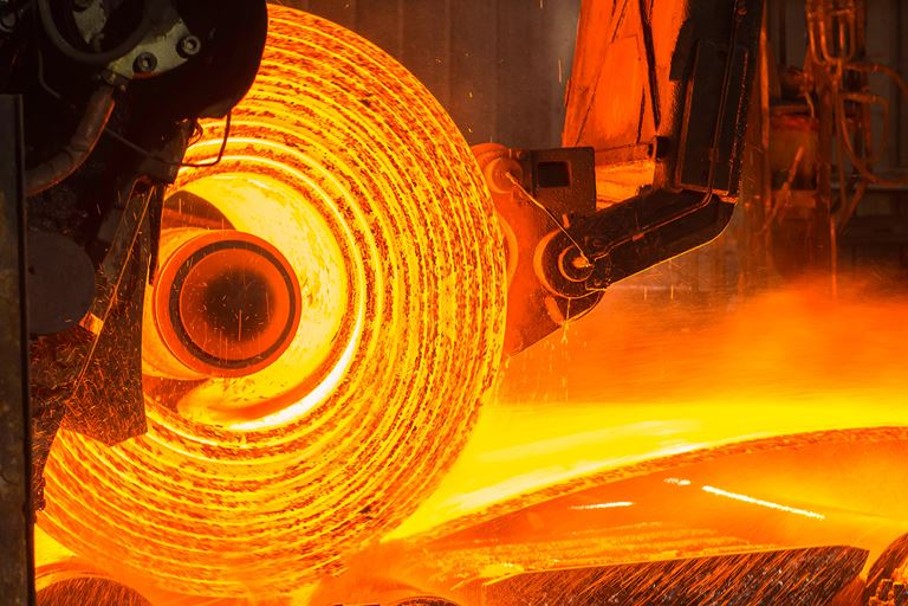Prices

January 6, 2025
Pig iron import tags continue to slide
Written by Stephen Miller
Prices for pig iron imports into the US continue to retreat in the face of regional weakness in demand for ferrous raw materials in South Asia and the Far East. The export of Chinese semi-finished steel, as well as finished steel, has reduced the demand for scrap and pig iron in these countries. The Western sanctions on pig iron from Russia are contributing to this situation, as these produces seek markets for their material and have to keep lowering their offer prices.
This has caused pig iron producers in India to offer basic pig iron to US-based buyers at extremely reduced prices. US steelmakers have sought to bring pig iron prices more in line with scrap prices for the last two years. Now their efforts are getting an assist from the worldwide turmoil in the ferrous trade.
Pulse of the market
SMU has reached out to several players in the pig iron pipeline to get their input. Here is what they are saying:
A director for a large channel for Brazilian material confirmed a sale of a US-bound cargo at a price of $398 per metric ton (mt) FOB S. Brazil. This is the higher Phos grade. This represents a decline in price of $22/mt since the last sale in mid-December. He also commented European interest “ has been very quiet.”
A purchasing executive at a US steelmaker said the CFR price of this recent cargo should be around $420/mt, “maybe lower.” He added he thinks pig iron prices will flatten out going forward.
A US-based pig iron trader told SMU that Brazil’s only feasible customer for their production is the American steel industry at this time. Therefore, with lack of alternative homes, US buyers insisted the Brazilian producers meet the Indian offer price. And at least one seller did. It is not clear how much material is available in Brazil.
Another Brazilian trader offered another explanation for the recent price decline. He said “most of the price reduction was caused by the devaluation of our currency from real 5.40 to 6.40 (vs. the dollar) in three months.” Going forward he said the pig iron community is concerned about the policies of the incoming US administration and how it will affect trade flows from Brazil.
US situation
The US mills really don’t want Brazilian pig iron to dry up, even if they can buy Indian stocks a bit cheaper. In the long run, they need the Brazilian output to be available as the Indian pipeline can become blocked with a small change in logistics or geopolitical stances. For 20 years, the US steelmakers shifted to reliance on Russia and away from Brazil for most of their pig iron requirements. I doubt they’ll make that mistake again.
For now, the good news for US pig iron buyers is the demand in Europe is now again being satiated with Russian material since the 2025 quota of 700,000 mt is now activated. So, there is likely to be scant pressure on pig iron supplies in Brazil for the first half of 2025. But it looks as though European demand will use up this quota in short order. After that, it’s either Brazilian or Indian and prices could come under pressure.
Back to the US, the price difference between #1 Busheling and basic pig iron will presumably narrow going into Q1’25. Let’s assume January’s busheling price settles at $394/mt delivered to mill works. The most recent pig iron buy at $398/mt FOB Brazil equates to $422/mt New Orleans. The delivered price to the user after barging and ground transportation costs, handling, shrinkage, insurance and finance charges comes to approximately $462/mt. That is $68/mt more than the theoretical busheling number. It’s the first time in several months it has been under $90/mt if these assumptions are correct.







